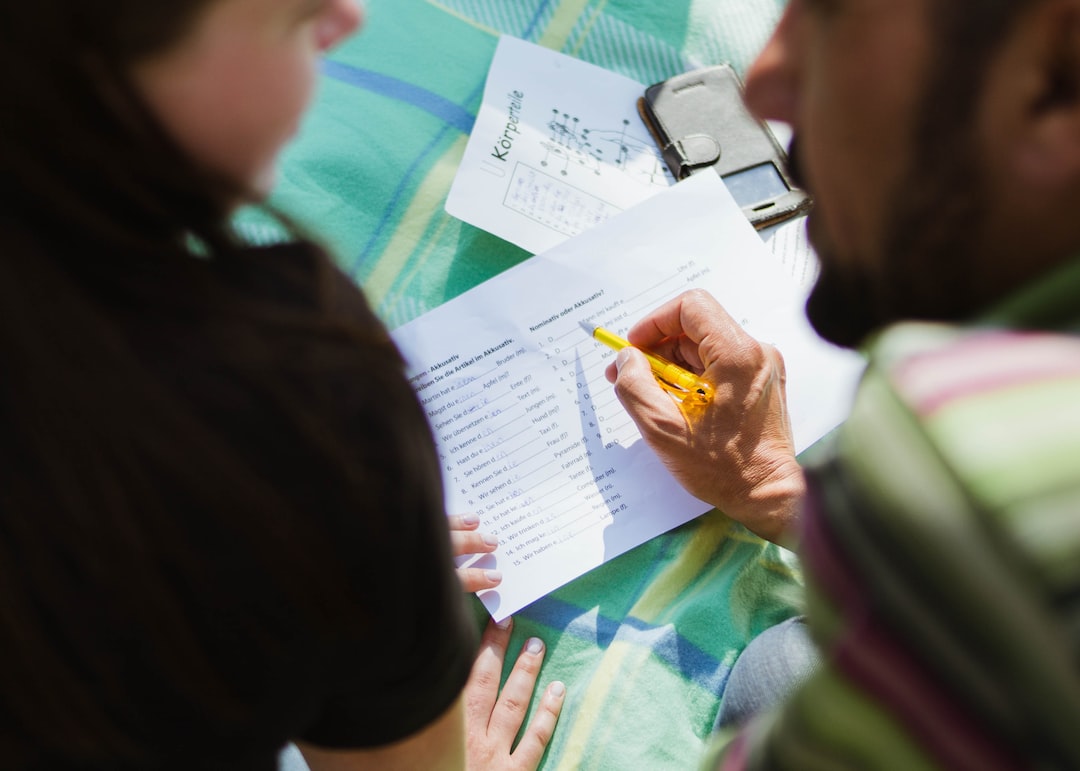Introduction
Table of Contents
For many language learners, the achievement of fluency is a common target. It’s not merely about being able to communicate; fluency also brings along opportunities for new cultural experiences, personal growth and an expanded worldview. In this article, we’ll be investigating the concept of fluency, with an emphasis on being fluent in Japanese. We’ll delve into the essential elements of fluency, the path to gaining fluency, techniques for improving fluency, how to conquer common obstacles, and many resources for learning Japanese. Hence, whether you’re at the commencement of your journey or already learning, this article aims to serve as a starting point in your journey towards obtaining fluency in Japanese.
Understanding Fluency
Definition of fluency
Fluency refers to the ease and accuracy of understanding and expressing oneself in a foreign language. Someone fluent in a language can express their thoughts, ideas, and emotions effectively and understand spoken and written language comfortably.
Differences between fluency and proficiency
Although often used interchangeably, fluency and proficiency are subtly different. Proficiency is a measure of a person’s comprehensive language skills, including reading, writing, speaking, and listening. On the other hand, fluency specifically refers to the smoothness and ease with which a person speaks and understands a language. Proficiency covers a broader range of language skills, with fluency being one of its vital components.
Components of fluency: Reading, writing, speaking, and listening
Fluency in a language means mastering various components: reading, writing, speaking, and listening. Reading fluency implies understanding written text, while writing fluency means expressing ideas coherently and flawlessly in written form. Speaking fluency means being able to express thoughts fluently and engaging in conversations effortlessly, while listening fluency means understanding spoken language and being able to actively participate in discussions.

The Path to Japanese Fluency
Basic stages in learning Japanese
Just like any other language, learning Japanese requires progressive mastery of various stages. Beginning with the basic elements of the language, like hiragana and katakana, learners get a hang of the two phonetic scripts in Japanese. Learners then start to familiarise themselves with kanji, the Chinese symbols used in Japanese. As they progress, learners delve deeper into the more complex grammar structures, vocabulary and idioms in Japanese.
Timeframe to expect for fluency
The time taken to achieve fluency in Japanese can greatly vary depending on many factors, such as the learner’s previous language learning experience, commitment, and daily study time. Generally, achieving a high level of fluency in Japanese requires several years of consistent study and practice. However, with the right strategies and resources, learners can shorten their learning curve and achieve fluency faster.
Essential Japanese Language Concepts
Hiragana and Katakana: The basics
Hiragana and katakana are two phonetic scripts used in the Japanese writing system. Hiragana is mainly used for indigenous Japanese words, verb endings, and sentence particles, whereas katakana is used for foreign words, borrowed words and emphasis. Mastering hiragana and katakana is crucial for reading and writing in Japanese, and it forms the bedrock of the language.
Kanji: An introduction
Kanji are Chinese symbols adopted into the Japanese writing system. Learning kanji is integral to achieving fluency in Japanese, given their extensive use in written materials like newspapers, books, and signage. Despite kanji being challenging to learn due to their complexity and the sheer number of symbols, regular practice and exposure can help learners gradually build their proficiency.
Understanding Japanese grammar and sentence structure
Japanese grammar and sentence structure are quite different from English, making it one of the more challenging aspects of learning Japanese. Japanese sentences typically follow a subject-object-verb (SOV) order, and particles are used to indicate grammatical functions of words. It’s crucial to familiarise oneself with the basic grammar patterns and sentence structures to communicate effectively in Japanese.

Strategies to Improve Fluency
Continuous Practice and Immersion
Improving fluency in any language, including Japanese, requires consistent practice. Setting dedicated time each day for studying and practicing Japanese can be highly beneficial. Engage in activities that immerse you in the language, such as reading Japanese books or articles, watching Japanese films or anime, listening to Japanese podcasts or music, or conversing with native Japanese speakers. Immersing yourself in the language by participating in language exchange programmes or even living in Japan, if possible, can greatly enhance your language learning experience.
Utilizing Technology and Language Apps
In today’s digital age, technology and language apps provide a valuable resource for improving fluency in Japanese. There are numerous language learning apps available that offer interactive lessons, vocabulary drills, audio recordings, and even speech recognition features. Mobile apps like Duolingo, Memrise, and FluentU are popular for learning Japanese. These apps enable you to learn at your preferred pace and provide a convenient way to practice Japanese at any time and place.
Joining Language Study Groups
Being part of a language study group or finding a language exchange partner can greatly enhance your learning experience. Speaking with fellow learners or native speakers allows you to practice speaking, gain feedback, and gain valuable insights into the Japanese culture and language. Language study groups provide a supportive community where you can share resources, pose questions, and stay motivated.
Overcoming Common Challenges
Difficulty of Kanji
Mastering kanji is one of the most significant challenges in learning Japanese. The vast number of characters to learn can be daunting for many learners. However, approaching kanji systematically, using mnemonic techniques, and regular practice can make learning kanji more manageable. Break down kanji into radicals, learn common readings and meanings, and reinforce your knowledge through constant writing, reading, and reviewing.
Understanding the Japanese Context
Understanding the cultural context is essential for effective communication in Japanese. Many expressions, idioms, and politeness levels are specific to Japanese society, highlighting the deep interconnection between the Japanese language and culture. Learning about Japanese culture, customs, and etiquette will not only improve your language skills but also enhance your overall understanding and appreciation of the language.
Managing Pronunciation and Accent
Japanese pronunciation can pose a challenge for non-native speakers due to the unique sounds and phonetic differences in the language. It’s important to pay attention to the pronunciationof each sound, such as vowels and consonants. Improving pronunciation involves vocal practice. Accent can also affect the meaning of words and sentences in Japanese. Listening to native speakers, repeating phrases, and seeking feedback can help refine your pronunciation and accent.

Resources for Learning Japanese
Recommended Language Learning Apps
- Duolingo: Duolingo offers a comprehensive Japanese course with interactive lessons, quizzes, and a fun learning experience.
- Memrise: Memrise has a broad collection of user-generated Japanese courses focusing on vocabulary, kanji, and grammar.
- FluentU: FluentU offers authentic Japanese videos with interactive subtitles and language learning tools to improve listening and comprehension skills.
Useful Online Platforms and Websites
- Tae Kim’s Guide to Learning Japanese: A highly recommended online resource that provides clear explanations and examples on grammar, vocabulary, and kanji.
- Jisho.org: An online Japanese dictionary providing detailed definitions, example sentences, and kanji stroke orders.
- NHK Web Easy: NHK Web Easy offers simplified news articles in Japanese, specifically designed for language learners.
Book Recommendations
- Genki: A widely used series of textbooks in various Japanese language courses providing comprehensive lessons, exercises, and audio recordings.
- Remembering the Kanji by James Heisig: A popular book introducing mnemonic techniques to help learners memorise kanji efficiently.
- Japanese from Zero! by George Trombley: A series of textbooks suitable for self-study, covering essential grammar, vocabulary, and kanji.
Test your Fluency
Assessment Tests for Japanese Fluency
Assessing your proficiency in Japanese is crucial in tracking your progress and pinpointing areas that need improvement. The Japanese Language Proficiency Test (JLPT) and the Japan Foundation Test for Basic Japanese (JFT-Basic) are two proficiency tests that evaluate your language skills. These tests assess your reading, writing, listening, and speaking skills and provide a certification of your proficiency level.
The importance of continual assessment and feedback
Continual assessment and feedback are crucial for improving your fluency in Japanese. Self-assessment through tests, practice exams, or language exchange sessions should be conducted regularly. Feedback from language partners or native speakers can be used to identify gaps in your language skills. Use the feedback to refine your study methods, focusing on your weaker areas, and accelerate your progress towards fluency.

Conclusion
Achieving fluency in Japanese is an attainable goal with perseverance, consistent practice, and the right study strategies and resources. Understanding fluency’s key components, familiarising oneself with vital language concepts, and implementing effective learning strategies are all steps towards fluency. As for challenges like mastering kanji and understanding cultural context, tackling them head-on and with an open mindset is essential. Remember to use the recommended resources, stay immersed in the language, and keep testing your fluency to monitor your progress. With diligence and dedication, you’ll be on the path towards fluency in Japanese—a journey full of new connections, opportunities, and personal growth.